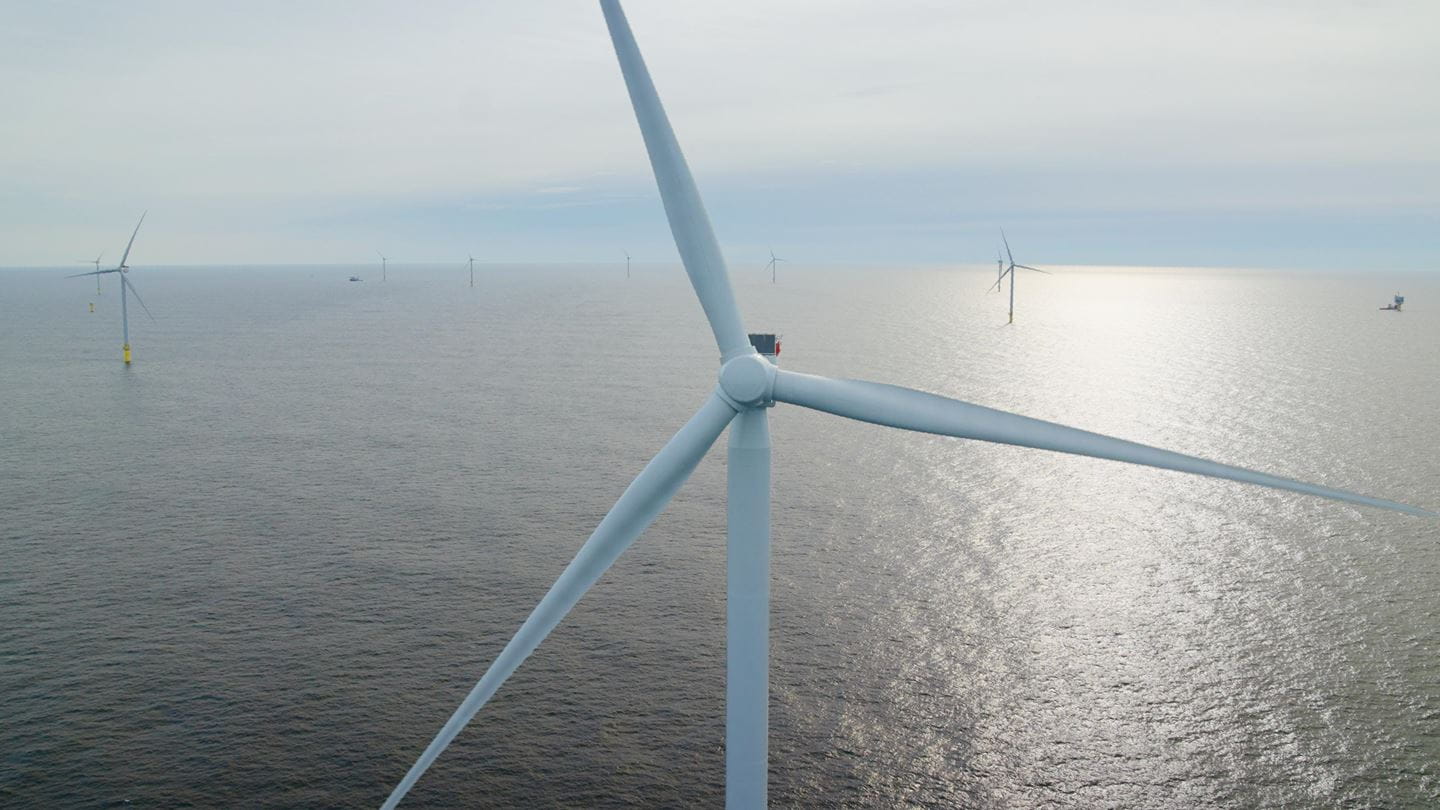Hurricane Rafael may have fizzled out, but its lingering impact on Gulf oil and gas production continues.
After Hurricane Rafael roared through the Gulf of Mexico last week, more than a quarter of the region’s oil production remains offline as of Monday. While the storm dissipated into a remnant low on Sunday, its effects linger over Gulf energy operations, with offshore production and personnel still in partial shutdown mode.
The Bureau of Safety and Environmental Enforcement (BSEE) reports that personnel remain evacuated from 23 production platforms—around 6.20% of the Gulf’s 371 manned platforms. Distinct from mobile drilling rigs, these production platforms are critical hubs for long-term oil and gas extraction, staying in place throughout a project’s lifespan and transporting energy directly to shore.
Rigs Remain Out of Action
In addition to production platforms, the storm’s impact is still keeping one non-dynamically positioned (DP) rig offline, which is 16.67% of the six such rigs currently active in the Gulf. Two DP rigs are also off location, a precautionary measure against the storm, which translates to 9.52% of the 21 DP rigs in the region. DP rigs differ from others by using thrusters and propellers to maintain position, making them more adaptable to quickly evade adverse weather while keeping personnel on board.
Production Remains Shut-In
According to data from offshore operator reports, around 25.69% of the Gulf’s daily oil output and 13.06% of natural gas production remain shut-in. Shutting down, or “shut-in,” is an industry-standard protocol to protect both personnel and the environment, ensuring safety valves beneath the ocean floor are closed to prevent accidental oil or gas release. This procedure often can be managed remotely, highlighting the operational foresight that characterizes the industry’s approach to severe weather.
What’s Next?:
BSEE’s Hurricane Response Team has been activated to monitor operators’ response and recovery activities. Offshore facilities will undergo inspections post-storm, with undamaged sites expected to return online soon after. However, any platforms that sustained damage could face delays as repairs are conducted. BSEE, in coordination with state and federal agencies, will maintain oversight until all operations are safely restored to pre-storm levels.

 Join The Club
Join The Club










